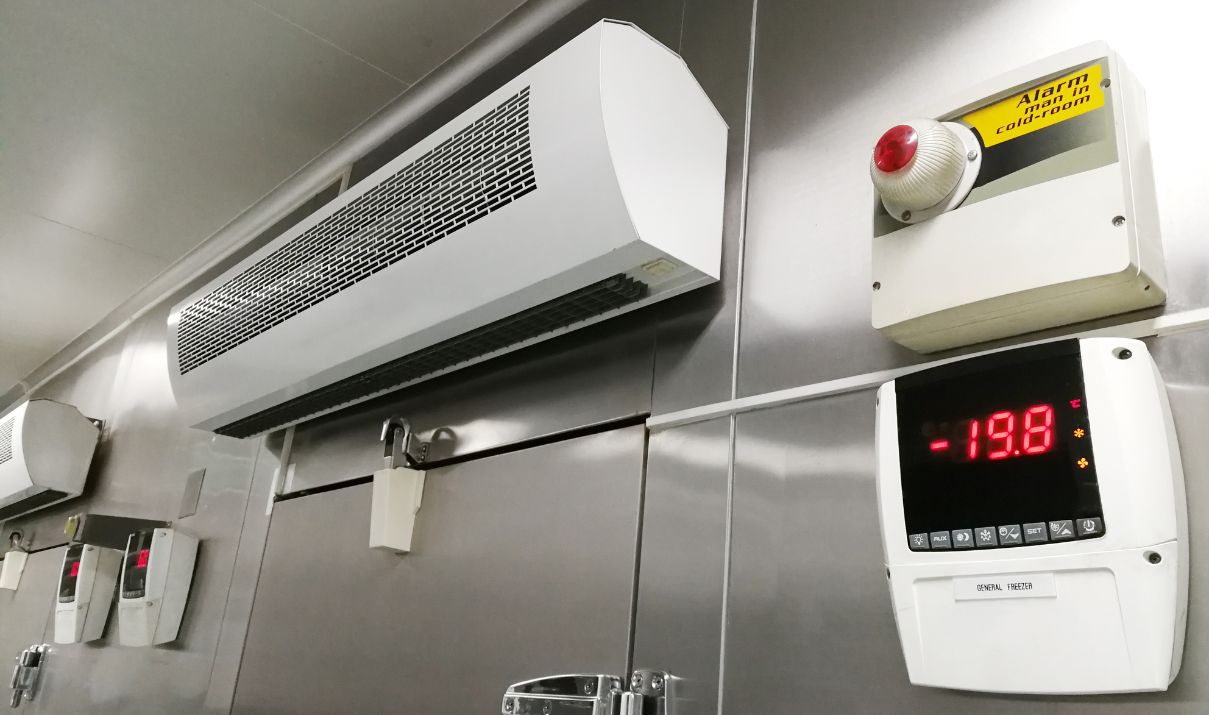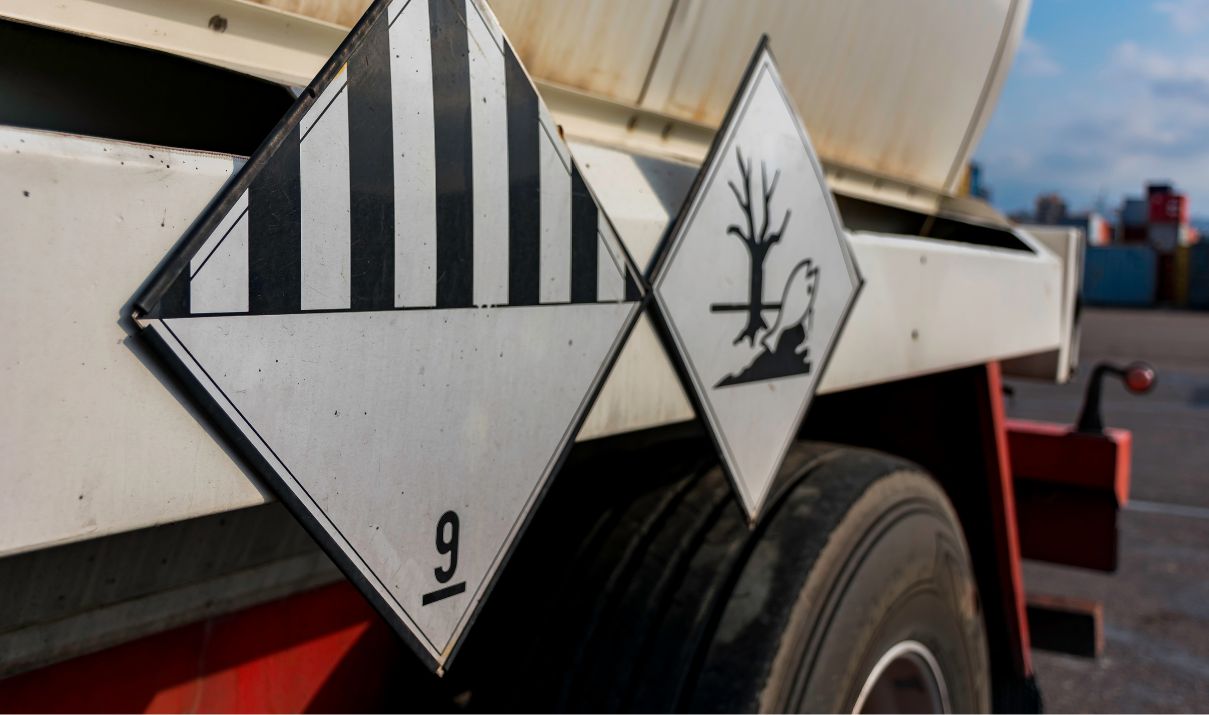Cold chain management is no longer just a pharmaceutical concern. Today, sectors like medical devices, advanced electronics, and energy storage face growing pressure to meet strict temperature, compliance, and visibility standards. And at the heart of meeting those demands is warehousing.
This article explores the evolving role of temperature-controlled 3PL warehouses in the cold chain and how logistics providers are adapting to help businesses stay competitive in the Asia-Pacific region.
New Demands on Cold Chain Logistics
When people hear “cold chain,” they often think of cold food or pharmaceuticals. But cold chain management involves much more. It extends through trucking, customs clearance, and final-mile delivery. Even minor lapses like delays at truck docks or airport handling zones can undermine product integrity.
Cold chain management doesn’t always mean ultra-low temperatures. Many products, from electronics to diagnostics, require controlled ambient ranges such as 15-25°C rather than freezing conditions.
Temperature-sensitive goods may pass through multiple uncontrolled zones such as truck docks or airline handling areas, where brief exposure can undo days of carefully maintained conditions.
For example, certain types of lithium-ion batteries are highly sensitive to heat buildup and must be shipped in tightly regulated environments to prevent damage or fire risk. Others may only need controlled ambient storage. Understanding the specific chemistry and risk profile of each battery type is essential when designing cold chain protocols.
Lessons from Medical Equipment Logistics
Temperature control isn’t limited to pharma. As seen in Dimerco’s past projects, we’ve managed shipments such as 5–25°C COVID-19 testing kits from Korea to the United States. These shipments were delivered in under 48 hours, showing that high control and rapid turnaround can go hand in hand with the right partners and planning.
In other cases, sensitive healthcare cargo like diagnostic equipment or specimen kits require more than just temperature control. Fast customs clearance and proactive communication between warehousing and transportation teams help prevent delays and ensure safe arrival.
Supporting Electronics and Semiconductor Logistics
Industries such as electronics and semiconductors face especially high-quality standards in Asia-Pacific, where manufacturing hubs are under growing regulatory and customer scrutiny.
One example is the shipping of lithium-ion batteries, which are classified as Hazmat Class 9 due to fire and chemical risks. Depending on the chemistry, not all require temperature control, but all demand strict documentation, packaging, and coordination to meet safety regulations. Any delay or mishandling during transfers can increase risk.
Dimerco’s experience with dangerous goods has shown that timing, transit visibility, and environmental control are critical. In one air freight case, we coordinated dry ice repacking and cold room transitions across multiple legs from Hong Kong to Manila to Cebu in the Philippines, to ensure uninterrupted conditions. These practices can be applied to other temperature-sensitive electronic cargo.
Temperature-controlled warehousing also supports other high-value markets beyond electronics. Precision instruments and specialized equipment often require stable ambient conditions to prevent calibration drift or material degradation. In Dimerco’s Shenzhen bonded warehouse, wider temperature ranges are designed to handle diverse cargo, including premium goods such as luxury whiskey that demand consistent environments to maintain quality.

Why Cold Chain Breaks Happen and How to Prevent Them
While temperature-controlled warehousing is a core pillar of cold chain logistics, maintaining stable conditions during transport is often more complex. Ensuring uninterrupted temperature ranges across trucking legs introduces greater risk, especially when control and monitoring depend on third-party carriers.
In many cases, logistics providers support this segment through carefully selected transport partners rather than managing temperature-controlled trucking directly. This approach helps mitigate risk, particularly when customers require detailed environmental data for regulatory or quality assurance purposes.
For example, Dimerco operates temperature-controlled warehouse zones in strategic bonded logistics areas such as the Waigaoqiao Free Trade Zone in Shanghai. These facilities have supported a range of products, from integrated circuits to food-grade goods like chocolate, within a consistent 15 to 25°C range. For shippers that require full-chain cold logistics, Dimerco works with qualified partners to coordinate and align storage and transport services.
These facilities are equipped with automated systems to monitor and maintain required temperature and humidity levels, with alert protocols to flag any deviations.
The Risk of a Break in the Cold Chain
A break in the cold chain refers to any deviation from required temperature conditions. These breaks can happen during warehousing, loading, customs inspection, or final delivery.
For example, if a pallet of temperature-sensitive semiconductors is left on the tarmac in direct sunlight for too long, it could result in overheating and damage. The consequences vary by product type, but often include compromised performance, spoilage, regulatory penalties, or even safety risks.
For high-tech cargo such as lithium-ion batteries, the stakes are especially high. Temperature instability can accelerate chemical reactions, increasing the risk of fire or rendering the shipment non-compliant. In medical logistics, even a brief exposure outside the 2 to 8°C range can invalidate sensitive diagnostic tools.
While the cost of temperature-controlled warehousing can be higher, the investment pays off with reduced spoilage, fewer compliance issues, and greater customer satisfaction.

What to Look for in a Cold Chain Management Partner
Managing cold chain logistics in-house requires significant investment in infrastructure, compliance, and trained staff. Partnering with an experienced 3PL offers scalability, built-in certifications, and automated monitoring systems that many in-house operations struggle to match.
If you’re evaluating a 3PL for temperature-sensitive products, look for providers that demonstrate the following capabilities:
Reliable infrastructure: Facilities should be equipped with backup generators and environmental controls to prevent power disruptions from compromising storage conditions.
Monitoring technology: Look for automated systems that continuously track temperature and humidity, with real-time alerts to flag any deviations.
Integrated logistics: The provider should coordinate warehousing with origin pickup, customs clearance, and last-mile delivery.
Regulatory certifications: Look for providers that understand international guidelines such as ISO 13485 or WHO-GDP and can align operations with those expectations.
Scalable operations: The ability to accommodate volume surges without compromising quality or storage conditions is important.
Why Cold Chain Storage is a Strategic Advantage
Cold chain management is increasingly recognized as a strategic function, not just a compliance requirement. Cold chain infrastructure is no longer just a supporting function. It is essential to the quality, compliance, and competitiveness of the supply chain.
Temperature-controlled services help businesses protect sensitive cargo, meet customer expectations, and maintain product performance in the face of rising regulatory and industry demands.
Do you have questions about cold chain planning or compliance? Get in touch with a Dimerco specialist to explore solutions for your storage or end-to-end logistics needs.
Ready to Strengthen Your Cold Chain Strategy?
Want to learn more about how to evaluate warehousing strategies for sensitive or high-value cargo in Asia?
Download our guide, Strategic Warehousing in Asia-Pac, for insights on location selection, infrastructure considerations, and how regional hubs like Waigaoqiao Free Trade Zone in Shanghai are supporting next-generation cold chain logistics.
